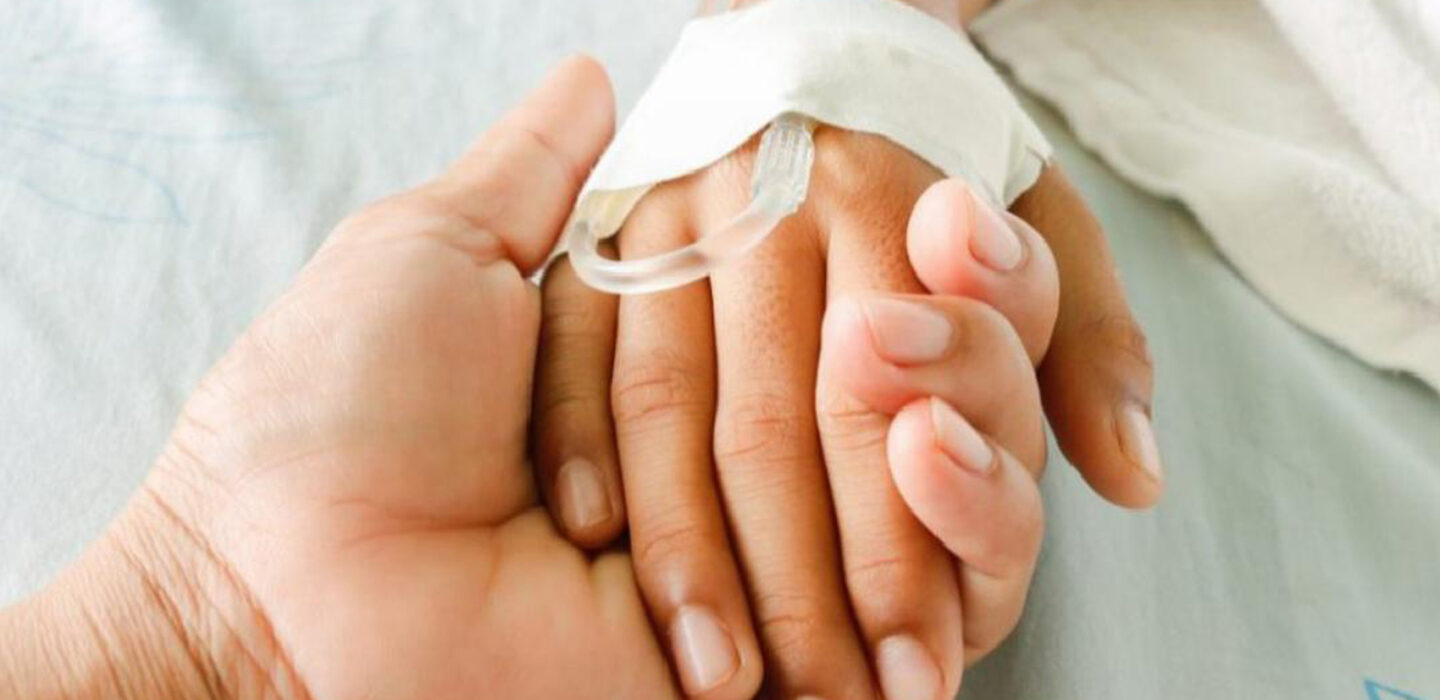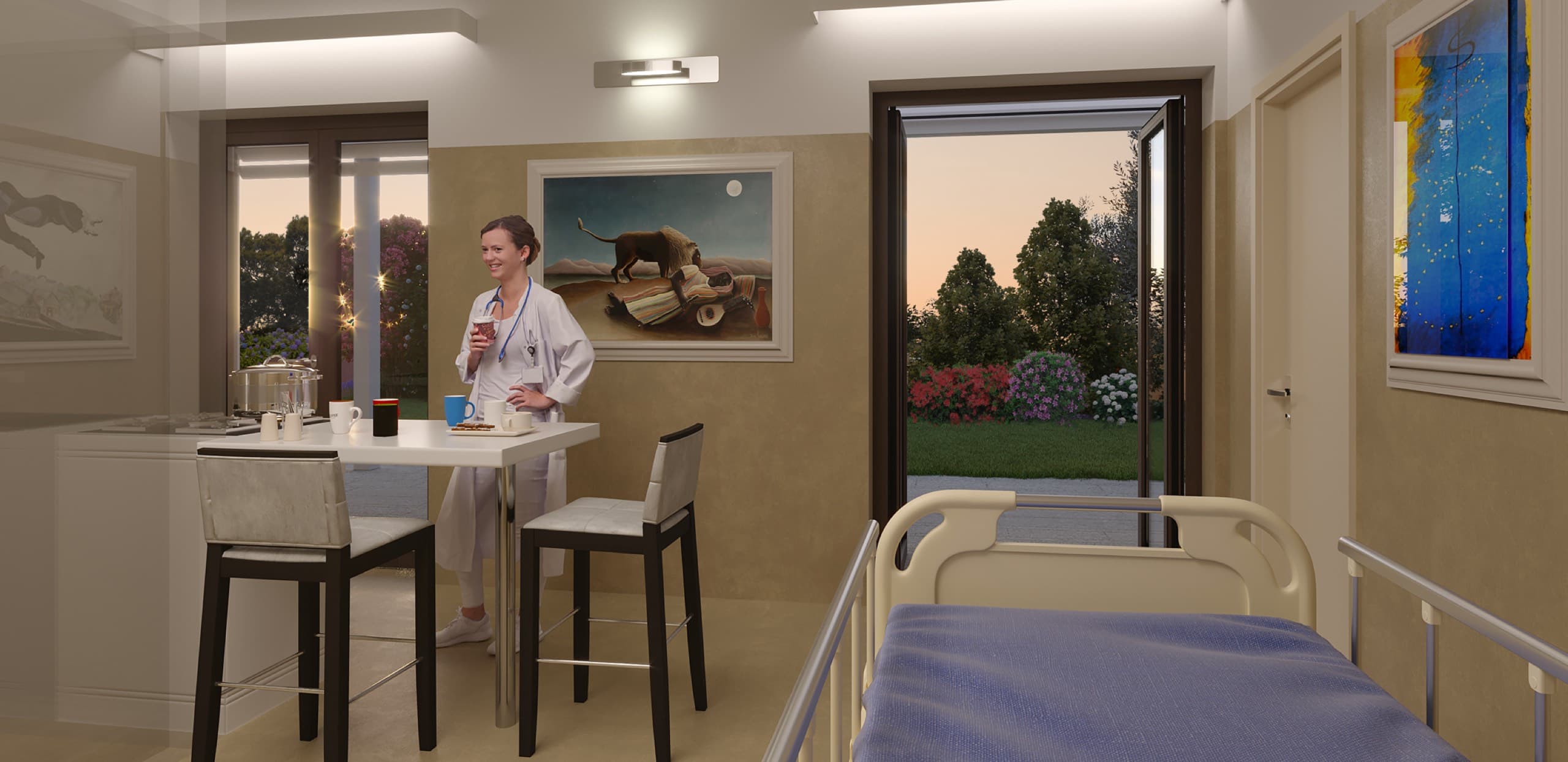An interesting article on the state of pediatric palliative care in Italy

Palliative care in childhood. There are still many serious shortcomings to be addressed.
Mario De Curtis Professor of Pediatrics at the Sapienza-University of Rome described the state of pediatric care in Italy:
Unfortunately there are very few pediatric hospices activated in Italy and the territorial network of palliative care is non-existent in many regional realities. As a result, older children often go to adult hospice. The little ones die in the hospital, with all the limitations that this determines, because they usually stay hospitalized for a long time, sometimes months, with negative and disruptive effects on the whole family. The impossibility of resorting to palliative care for the majority of children suffering from an incurable disease in our country represents a clear example of injustice since a benefit is denied to a person who deserves it. Even children with incurable diseases have the right to grow up and be treated in the best possible way and their families must be supported in every way possible in this difficult moment of their existence. Greater attention from society and above all from political decision-makers could lead to an improvement in treatment for many children with incurable diseases and for their families.
A very valid alternative, for defined periods, is the Pediatric Hospice
A very valid alternative, for defined periods, is the Pediatric Hospice, an alternative residential structure to the hospital, which welcomes children with highly complex care. Made to measure for children with spaces, places and furnishings suitable for different ages and in which family relationships are respected and promoted.
The hospice tries as much as possible to create an environment similar to the child’s home. It welcomes children who can benefit from pediatric palliative care with the aim of ensuring the best possible quality of life for the child and his family.

“palliativo”, dal latino “pallium” che significa “mantello, protezione”
Many of these children need palliative care. The term “palliative”, from the Latin “pallium” which means “cloak, protection” was introduced to identify the global and multidisciplinary care of patients suffering from chronic and degenerative diseases, for whom a healing process is no longer possible. The treatment path includes diagnostic and assistance interventions aimed at responding to the physical, psychological and spiritual needs of the patient and his family, with a view to a global and active approach in which the patient is at the center of the assistance plan.